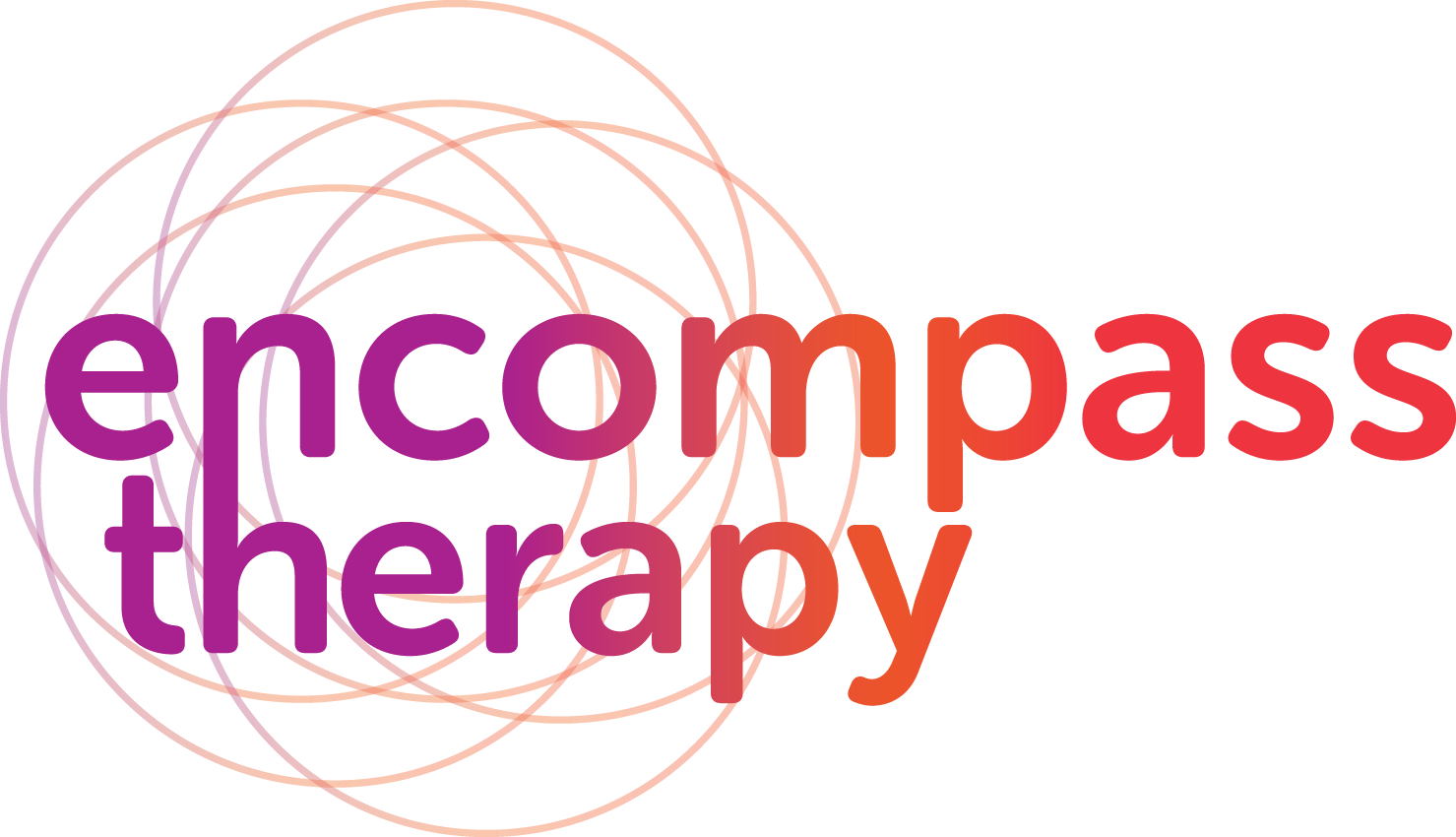Soft Tissue Injury Management
Do you experience…
Back, neck or head pain?
Hand, elbow or shoulder problems?
Restricted movement or join stiffness in your back or limbs?
Soft tissue strains, sprains and tears?
Pain or limited function from an injury at work?
Soft Tissue Injury Treatments
Roseanne’s post graduate qualifications in soft tissue injury management underpin a unique approach to managing the aches, pains and injuries that we experience from time to time. Roseanne uses a variety of neuro-muscular techniques to enhance body function. These may include:
Posture and movement analysis and modification.
Hands on treatment using a range of modalities such as myofacial and trigger point release, dry needling, static and dynamic taping, laser, and massage.
Activity analysis to determine any underlying causative or perpetuating factors related to ongoing pain and dysfunction, with prescription of functional exercise to modify habits.
Advice regarding other lifestyle factors that may be impacting on the body’s ability to heal and thrive.
What is Dry Needling treatment?
Dry needling is a procedure in which a sterile, disposable solid filament needle is inserted into the skin and muscle directly to treat acute or chronic pain and stimulate healing. The needles used are similar to those used in acupuncture treatment. Dry Needling is used in conjunction with other treatment strategies to reduce pain and improve function.
What type of problems can be treated with dry needling?
Dry Needling can be used to treat a variety of musculoskeletal conditions such as:
Neck, back and head pain.
Arm conditions such as rotator cuff dysfunction, tennis elbow, carpal tunnel syndrome, golfer’s elbow.
Hip, buttock and leg conditions such as sciatica, hamstring and calf strains, muscle tightness/imbalance through the quads or groin.
How does Dry Needling work?
There is more than one theory as to how Dry Needling is effective in reducing musculoskeletal pain. Studies have shown mechanical and biochemical effects at the motor endplate. Other research has emphasized the impact on central processing of the pain signal. The local twitch response at the muscle on needle insertion is viewed as being essential for therapeutic effect. It may take several visits to treat the presenting condition effectively and prevent reoccurrence.
Is the procedure painful?
Most patients do not feel the insertion of the needle. The local twitch response of the muscle can cause a brief painful response similar to a cramp or a small shock. This twitch response signals the resetting of the muscle and is a desirable reaction to treatment.
What can I expect to feel after the treatment?
Most patients will feel more sore after the procedure, but may notice an improvement in freedom of movement. The soreness may be experienced in the treated muscle and over the area of referred symptoms. Typically, the soreness lasts between a few hours and two days and can be likened to muscle soreness after an unfamiliar exercise. Occasionally some bruising may occur if superficial blood vessels are inadvertently hit.
Are there any risks associated with Dry Needling?
Dry needling is generally a safe treatment technique, but like any medical procedure, there are possible complications. While these complications rarely occur, they are real and must be considered prior to giving consent to the procedure. Any time a needle is used there is a small risk of infection. At Encompass Therapy disposable sterile needles are used and needle handling protocols as outlined by the ASAP Guidelines for Safe Acupuncture and Dry Needling Practice (April 2013) are adhered to strictly.
When a needle is placed close to the chest wall, there is a rare possibility of a pheumothorax (air in the chest cavity). Fortunately these complications are not fatal and are readily reversible.
